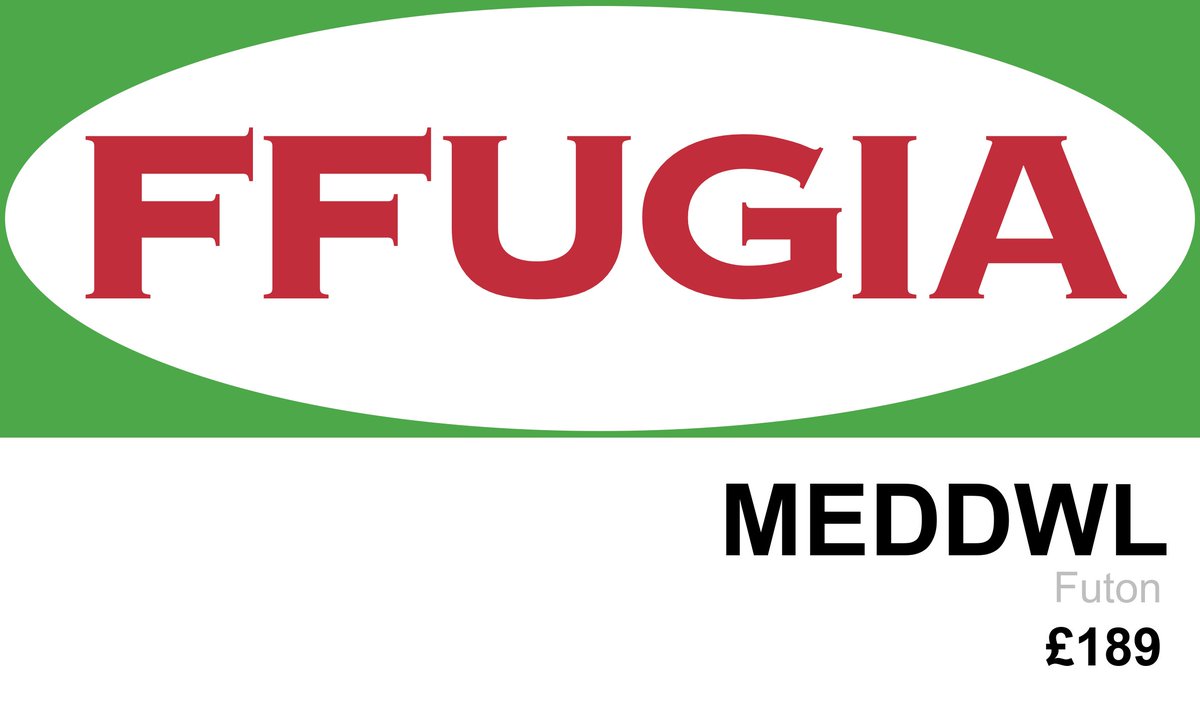Day 2 of #ill12 concludes with a (non-round) round-table panel on the topic "What is iconicity in your field?" with Elleström, @pernipa, @DingemanseMark & Ljungberg 

@DingemanseMark on different types of iconicity studies. Regarding rating studies with non-linguist raters: "They might rate 'airplane' as iconic, because it goes in the air, but that's not really what we're going for." ✈️ #ill12 

Last question from audience gets most reactions from panel: "Is it possible to establish a hierarchy of sensory expressions wrt iconicity?"
Elleström: "Vision+sound seem largest in brain."
@DingemanseMark: "Our cross-linguistic work shows a lot of variability wrt senses."
#ill12
Elleström: "Vision+sound seem largest in brain."
@DingemanseMark: "Our cross-linguistic work shows a lot of variability wrt senses."
#ill12
• • •
Missing some Tweet in this thread? You can try to
force a refresh












